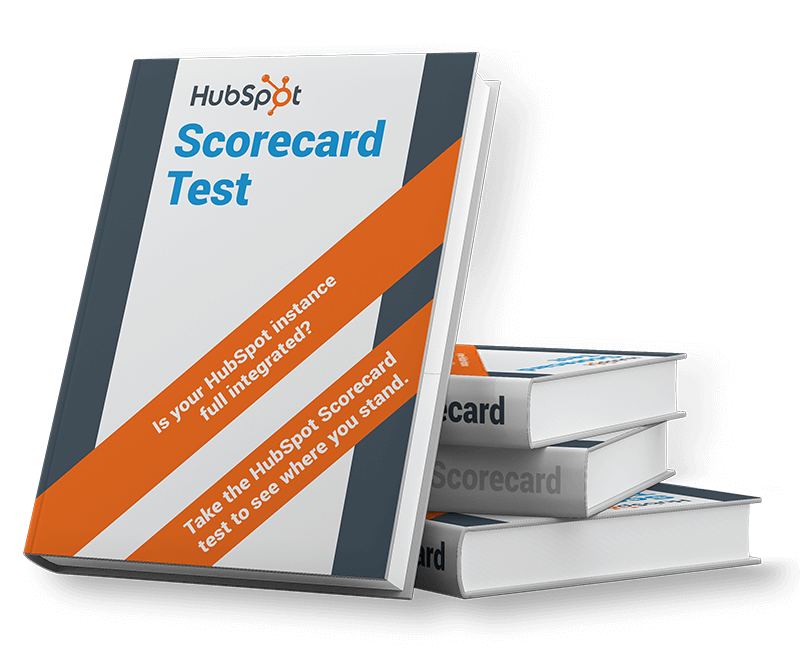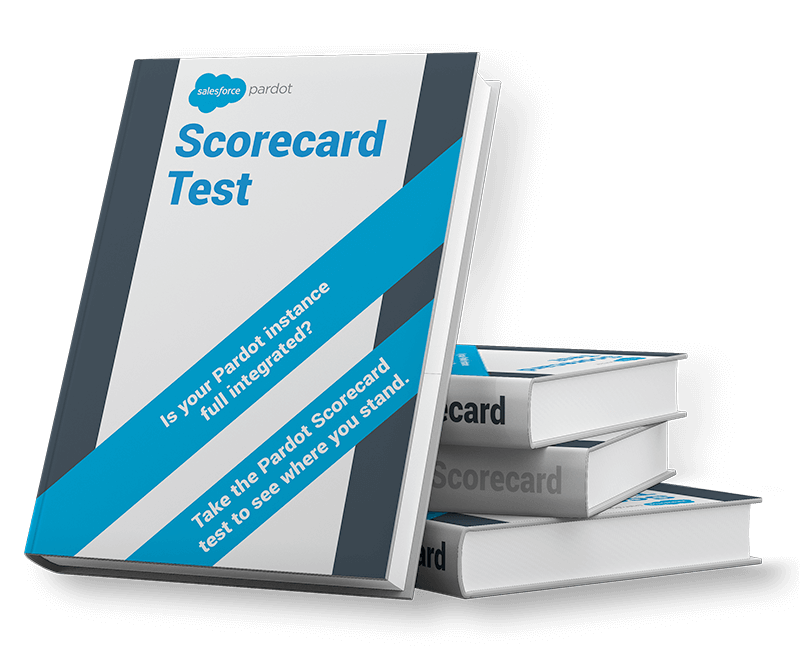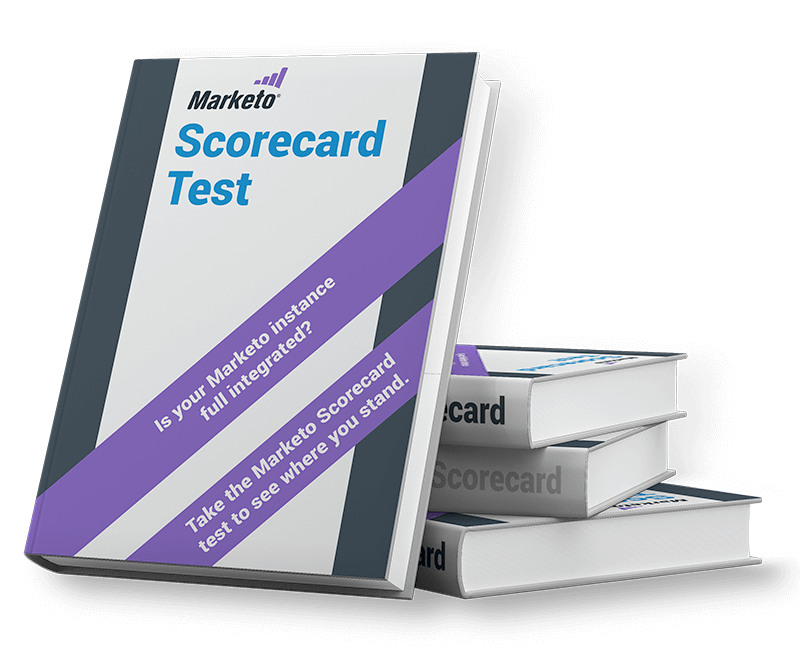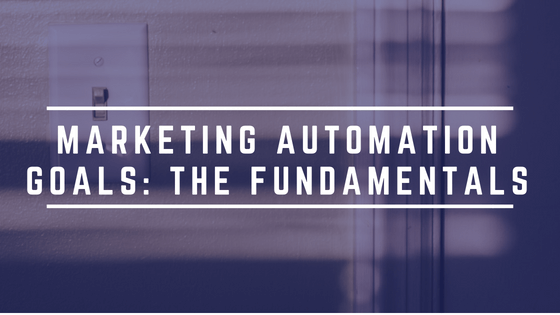Your Step by Step Guide to Switching Marketing Automation Platforms Part Two: Setting Goals
Welcome back to our step-by-step blog series guiding you through the process of switching marketing automation platforms. Whether your business has grown beyond a free or low-cost solution, or you’ve realized you’re paying too much for a system that isn’t performing the way it promised, switching marketing automation is the best move for your business’ success. We’ve started this blog series to ensure that the journey is as pain-free as possible.
In the previous installment of this series, we gave you a checklist of ‘getting started’ questions that would act as a jumping off point to determine whether a full switch is best for your business. Now that you have those initial questions answered, you have a solid foundation in place to set realistic marketing automation goals. Let’s break it down.
Marketing Automation Goals
The big picture that all of your subsidiary and smaller goals should lead up to: what are you hoping to achieve with the new platform—and on what timeline? Mapping out your goals will help your team understand which parts of your system you will need to set up, and in what order. Your goals should also cover everything you’ll want to keep from your old system: reports, templates, campaigns, and crucial workflows, for example. Setting expectations throughout keeps everyone accountable and prevents project scope creep.
Then, and you’ve likely heard this millions of times before, you need to make sure any new marketing automation goals you set are S.M.A.R.T (for a reminder: Specific, Measurable, Attainable, Realistic, and Timely). Aside from the goals that came from your automation switch brainstorm, there are a few other factors you need to consider when building out goals for a new marketing technology platform.
What’s Your Timeline?
- Consider what you’ll need to get done immediately after you have the new system ready to use. For example, if you have an immediate need to send out an email to your database about an upcoming trade show, you’ll need to get your email templates built out in the new system, contacts loaded and filtered, and email sending domains set up. If you have other set-up tasks that won’t be utilized until further down the line, they can be given a later goal completion date.
- Some marketing automation platforms may give you a grace period at the end of your contract when you can still access your old data, templates, reports etc. Make sure you have confirmed the date when your access to any old systems will end, and set a specific goal to export any information you may think you need before then.
Meeting Marketing Goals
- It’s vital you set a goal to have your reporting system up and running in the new platform A.S.A.P. After all, you’ll want to be able to validate the reasons you made the switch in the first place. Was it to increase lead generation, technology ROI, or even the accuracy of your marketing reporting itself? Building out the analytics and reporting tools in your new platform should be a top priority—so double and triple check that your new marketing automation platform can provide access to your data.
- Consider the key data you’re reporting on in your current tool and how this will be changed (hopefully improved) by switching. Do you need to rely on the same data points? Will you lose out of the box reports available in your current tool? Will you gain out of the box reports in your new one? Will you still be able to manipulate data in the same way once you switch? Oftentimes marketers get excited by sales presos of bells and whistles that promise to solve all of your problems. It’s important to ensure that not only is the new functionality helping you long term, but the actual data will also allow you to identify what’s working so you can continue to generate those qualified leads.
Necessary Training
- To ensure that your team is successful on their new platform, you need to prioritize training. Identify what each member needs to perform, how quickly they need to be able to complete tasks, and what kind of documentation/education tools exist to help them learn. This information will help you build a comprehensive training plan—and identify any questions or missing documentation that you can flag with support before it becomes an issue!
- It’s important to check whether any platforms you are considering have built-in support hours or a free support period in the contract. You may also get a dedicated implementation support rep available for weekly check-ins. Usually, this kind of involved support has an expiration date before you are stuck submitting tickets with the rest of the user base. Make sure you know that end date so you can have all of your top priority queries resolved. If you do end up building a weekly call into your onboarding process, work with your team to make a schedule for this support. Meet internally before your calls to create an agenda that helps make the most of the time you do have with the in-house experts who work with the marketing automation platform every day.
What Is Your Budget?
- After defining goals, you’ll also need to determine the kind of bandwidth you’ll have to work towards them.
- Usually, the higher the price, the more complex your tool will be. This is where that goal list you created earlier comes in handy again. Have this list in front of you for any sales calls with your new potential platform! Getting swept up by savvy sales reps is a common reason organizations end up with a platform that’s a poor fit, or that ends up costing more than they planned.
- Determine the pricing structure of your current tool. Most platforms are set up to charge you on a per contact basis. Think about what you need now, but also what you might need in six or 12 months.
- Discounts anyone? Think about ways you can work with your sales rep to bundle costs up front for longer-term savings. For example, can you negotiate a multi-year commitment? Will offering to co-market (provide a testimonial video or case study) once you’re new implementation is up and running get you a discount? Can you bundle add-ons (like reporting tools, API integrations, etc) to get the most functionality up-front at a lower cost?
If you’re considering switching to one of the ‘Big 3’ platforms, our Pardot, Hubspot, and Marketo implementation scorecards provide a list of key tools and features that need to be set up to ensure businesses are getting the most out of the technology. They can provide a great jumping-off point for your goal setting!
 HubSpot HubSpot |
 Pardot Pardot |
 Marketo Marketo |
Now that you have your ultimate goals and project budget set, it’s time to start taking inventory of your current technology stack—and exporting the info that will be going into your new system, which is something we’ll cover in our next post. So make sure you keep coming back to the SmartAcre® Blog for further installments of our “Step by Step Guide to Switching Marketing Automation Platforms” series!
Do you have a question about a marketing automation switch you have planned, or are undergoing? Leave it in the comments below, and we’ll try to cover it in our upcoming posts. And if you haven’t had a chance yet, go read Part 1 of this series, “Your Step by Step Guide to Switching Marketing Automation Platforms: Getting Started”.
New to marketing automation, unsure if you have the right solution in place, or just looking to get more from your current technology stack? Our team of experts can help. Contact us today for a marketing automation audit, or to discuss ways to solve your marketing automation challenges.


